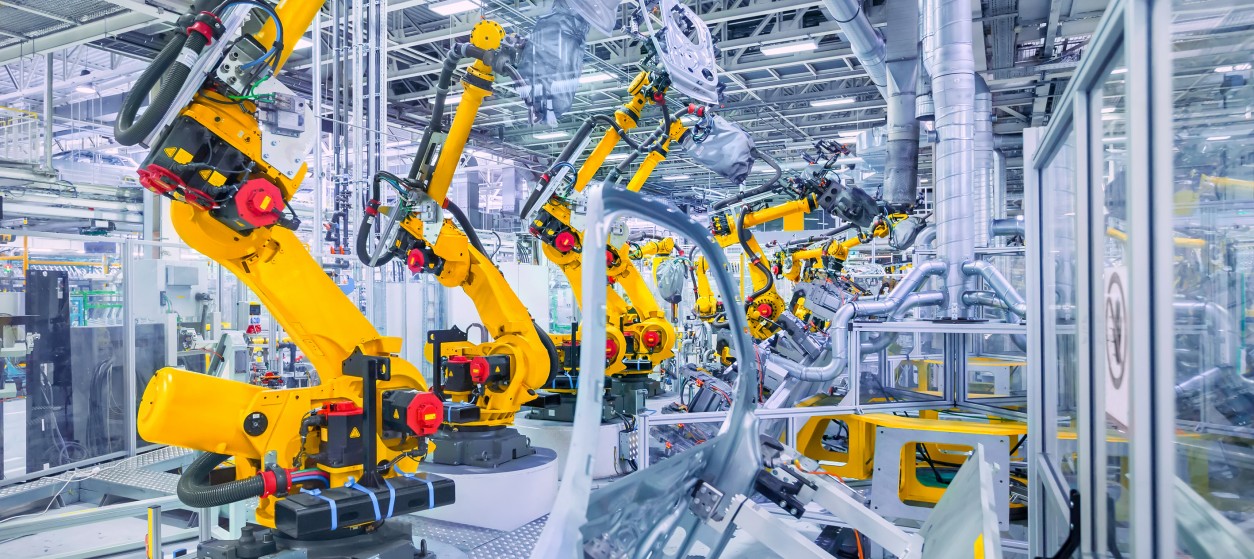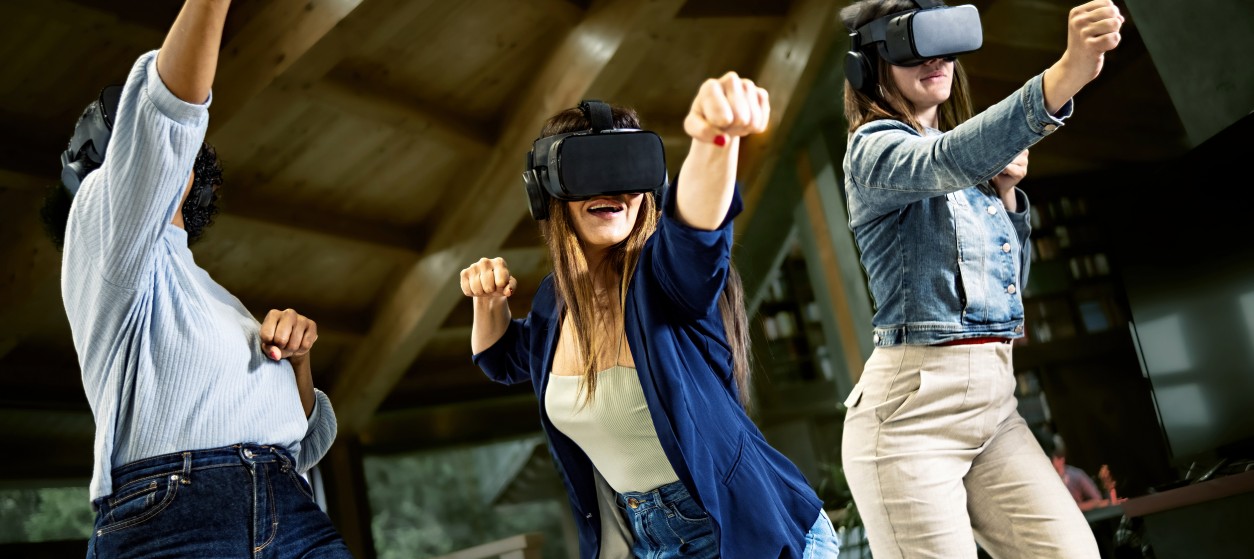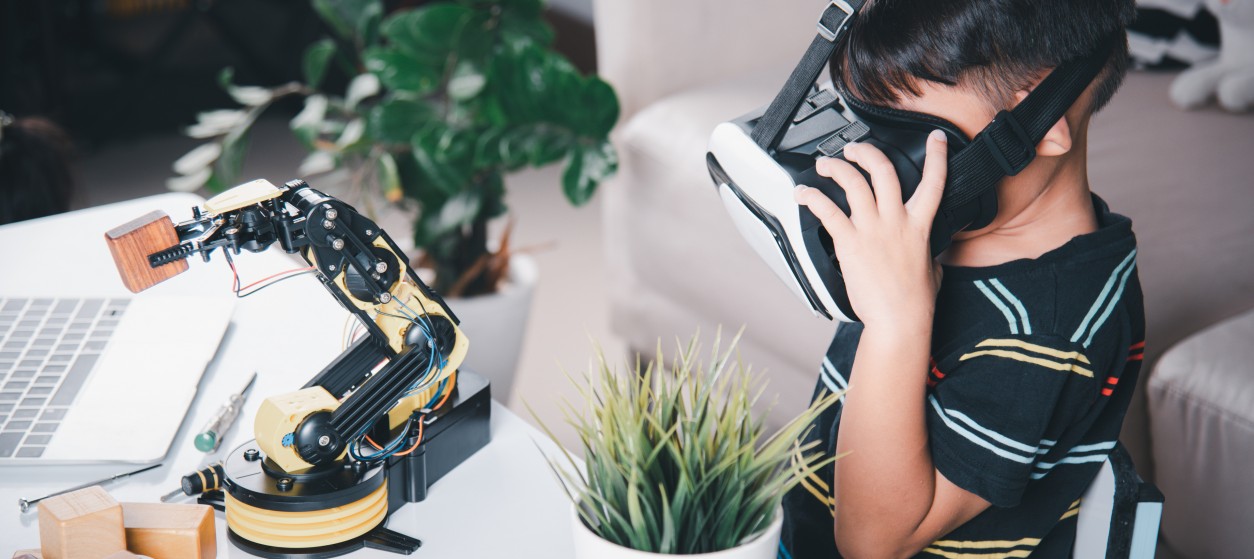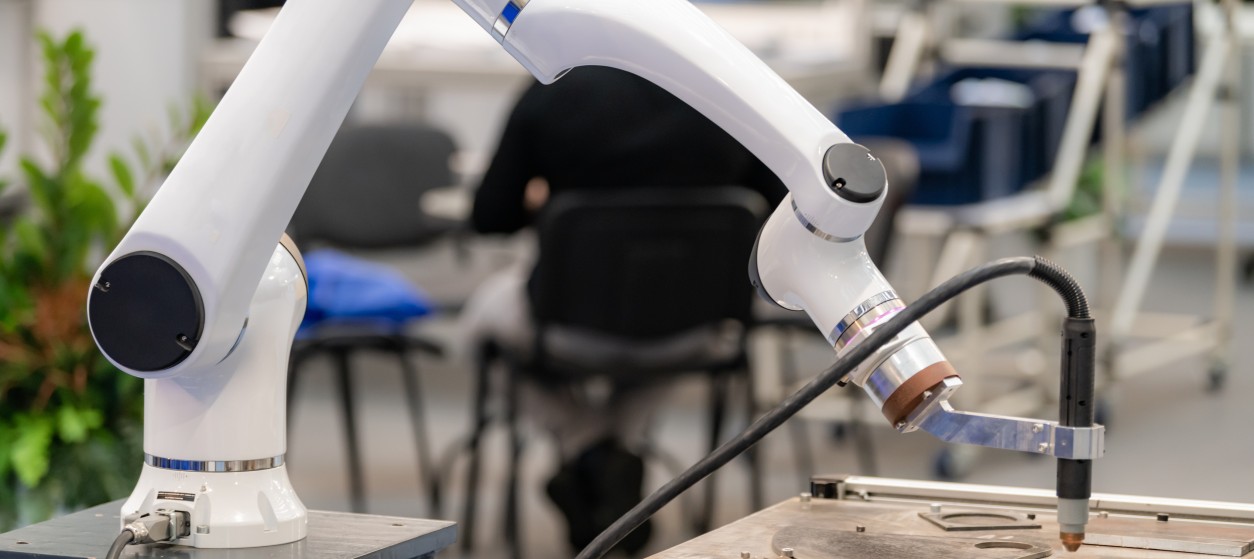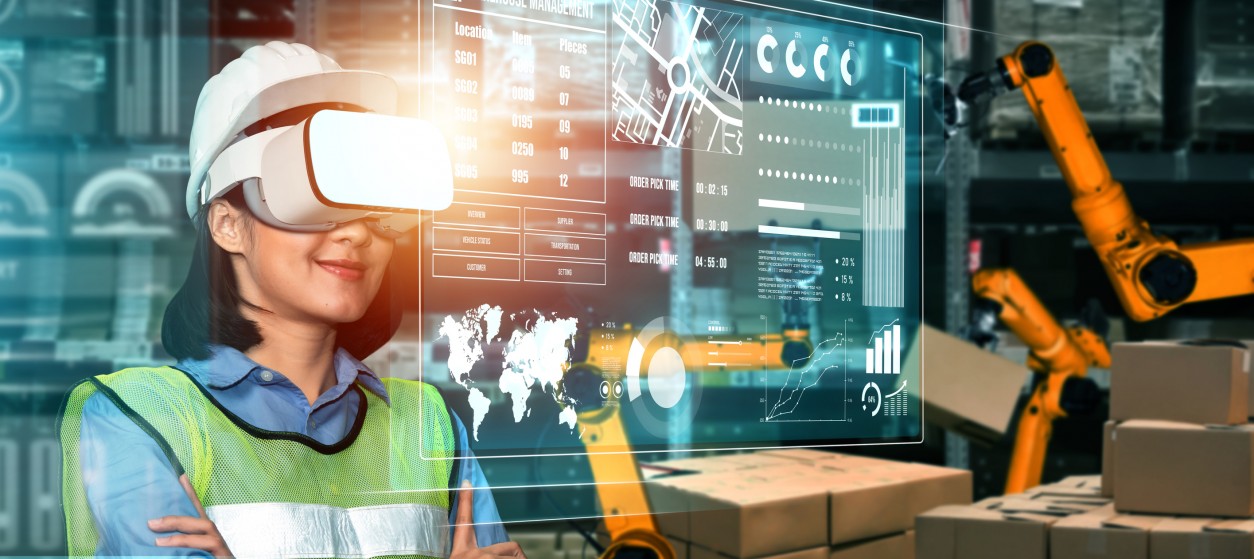Contrary to popular belief, Facebook did not introduce the concept of the metaverse in 2021, when the company made announcements about its plans to build a metaverse platform. The term ‘metaverse’ is over thirty years old, since it was first introduced in Neal Stephenson’s 1992 science fiction novel ‘Snow Crash’. It was used to indicate a virtual reality space that enabled people to interact with each other and with virtual objects in a shared, online environment. The concept has ever since been popularized and used in the scope of various media announcements, movies, TV shows, video games, and technology industry discussions.
The term has been revisited during the last couple of years, following Facebook’s plans to invest in the development of the metaverse. Facebook’s CEO Mark Zuckerberg described the metaverse as “a virtual environment where people can be present with each other in a new kind of social experience’. Facebook’s Metaverse vision involves the creation of a shared, immersive virtual space where people can work, learn, play, and connect with others from anywhere in the world.
Beyond Facebook’s announcement, the global interest on the metaverse is reviving due to recent technological advances that make the development of robust metaverse applications easier than ever before. These include advances in networking technologies (e.g., 5G communications), distributed ledger technologies that are commonly known as “blockchains”, as well as Virtual Reality (VR), Augmented Reality (AR), Extended Reality (XR) and other immersive technologies. Leveraging on these advances, several companies have announced plans to build their own versions of the metaverse. In this context, there are also industrial organizations that are considering the development of extended reality worlds in sectors like manufacturing, energy, oil and gas, and mining. These worlds are part of a new metaverse concept for industrial enterprises that is known as “industrial metaverse”.
Introducing the Industrial Metaverse
The term ‘industrial metaverse’ refers to virtual worlds that are designed specifically for industrial and commercial purposes. In the scope of an industrial metaverse, companies and organizations can create and operate virtual versions of their products, services, and facilities, towards conducting business and interacting with their customers. The Industrial metaverse can therefore empower a wide range of use cases including:
- Collaborative Product Design and Testing: It is possible for design teams to collaborate in the scope of a virtual environment. The industrial metaverse enables them to view multiple product designs and configurations, while at the same time interacting with them. It also facilitates the collaboration of different terms in revising a design, selecting materials, or even jointly optimizing product configurations.
- Virtual Prototyping: Nowadays, generative AI enables the automated generation of multiple product designs and configurations, based on alterations to hundreds of product and production parameters. An industrial metaverse environment can enable product designers to view and understand how the different configurations match the requirements of real-world environments. As such it can greatly help product prototyping in the scope of virtual worlds.
- Employee training: The industrial metaverse obviates the need for training workers in harsh industrial environments. Rather, it enables the creation of virtual training environments that can provide realistic experiences without compromising the workers’ comfort and safety.
- Virtual meetings and conferences: Metaverse like environments will be the next revolutionary step in virtual and remote meetings. They will provide much more pragmatic experiences that will improve remote interactions and virtual collaboration in settings like meetings, conferences and workshops.
- Immersive customer experiences: The industrial metaverse can be also used to provide immersive, ergonomic, and pleasant experiences to consumers. For instance, they help customers perceive how specific products and services serve their requirements.
Technology Enablers of the Metaverse
The development, deployment and adoption of industrial metaverse applications is based on VR/AR/XR technologies that enable the development of virtual worlds. However, the industrial metaverse is also greatly propelled by recent advances in various technologies, including:
- 5G Networks: 5G technology is a key to enabling and enhancing the capabilities of the industrial metaverse. It enables new use cases for VR/AR applications in industries such as manufacturing, energy, and mining. First and foremost, 5G networks provide faster and more reliable communications than previous generations of wireless technology. This means that users in the industrial metaverse can experience lower latency, higher bandwidth, and more consistent connectivity. These are all very important when it comes to interacting with virtual environments and objects in real-time. Moreover, 5G enables greater device connectivity, even in environments with very large numbers of devices. 5G networks support a much larger number of connected devices than previous generations of wireless technology, which makes it easier to connect and manage many internet-connected devices in the industrial metaverse. Finally, the higher bandwidth and lower latency of 5G networks enables more immersive experiences in the industrial metaverse. For example, users can experience more realistic environments, high-quality audio and video, and more responsive haptic feedback.
- Digital Twins: Digital twins are a critical component of the industrial metaverse as they enable companies to create and manage virtual representations of physical assets and systems. This can help companies to improve the efficiency and effectiveness of their operations. In principle, digital twins enable companies to create and manage virtual replicas of their physical assets, products, and processes. These virtual replicas (i.e., virtual twins) can be used for a wide range of purposes, such as design and simulation, monitoring and optimization, and predictive maintenance. For instance, digital twins can be used to simulate the behavior of products and systems in a virtual environment, allowing companies to test and refine their designs before they are physically produced. This can help to reduce the time and cost of product development and improve product performance. Moreover, digital twins can be used to monitor the performance of physical assets and systems in real-time, which can enable companies to identify and address issues before they lead to downtime or equipment failure. Also, digital twins can also be used to optimize the performance of assets and systems by analyzing data and making real-time adjustments. In an industrial metaverse environment, digital twins can be shared and accessed by multiple stakeholders, including engineers, designers, and technicians. As such they are key for enabling collaboration and innovation across different business functions and locations.
- Blockchain: Blockchain technology enables new business models, improves efficiency, and enhances security and privacy within the industrial metaverse. For instance, blockchain technology provides a decentralized way for companies to share data within the metaverse. This is important for maintaining data privacy and security, as well as for enabling secure data exchange between different stakeholders. Furthermore, blockchain technology can provide a secure and decentralized way to manage digital identities. This is important for ensuring that only authorized users have access to sensitive data and resources. Note also that blockchain technology can provide a way to track the provenance of data within the industrial metaverse. This is important for ensuring the accuracy and reliability of data, as well as enabling traceability and accountability: The blockchain is a tamper proof infrastructure that can serve as a single version of the truth about the originality of the data. Finally, blockchains enable the tokenization of assets and services within the industrial metaverse. This means that physical assets can be represented by digital tokens that can be bought, sold, and traded in a decentralized marketplace. This helps to improve the efficiency and liquidity of markets, as well as enabling new business models for industrial metaverse applications.
Overall, the industrial metaverse is an emerging concept that has the potential to transform the way companies and organizations conduct business and interact with customers and partners. As virtual technology continues to advance, we can expect to see more companies and industries adopting this approach to enhance their operations and stay competitive. These are some good reasons why companies must stay up to date with respect to the industrial metaverse and its enabling technologies.
